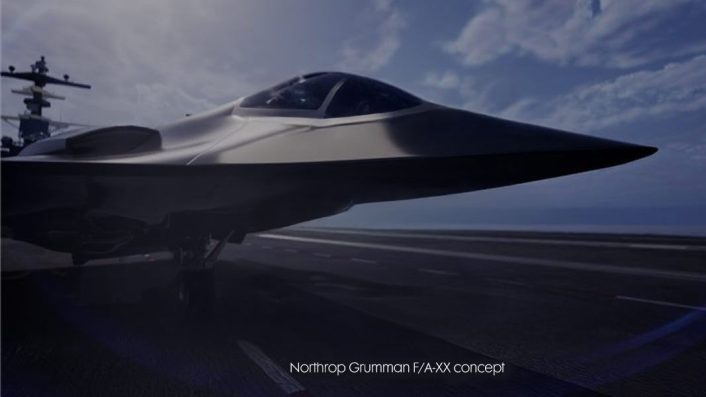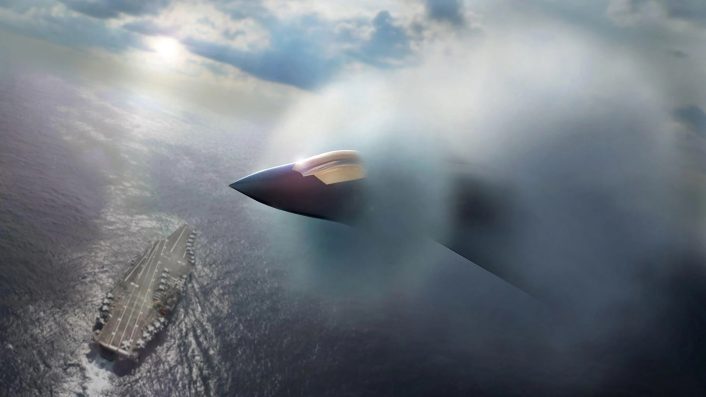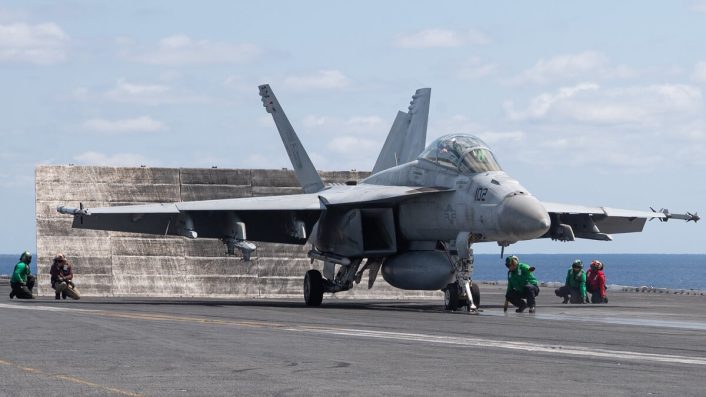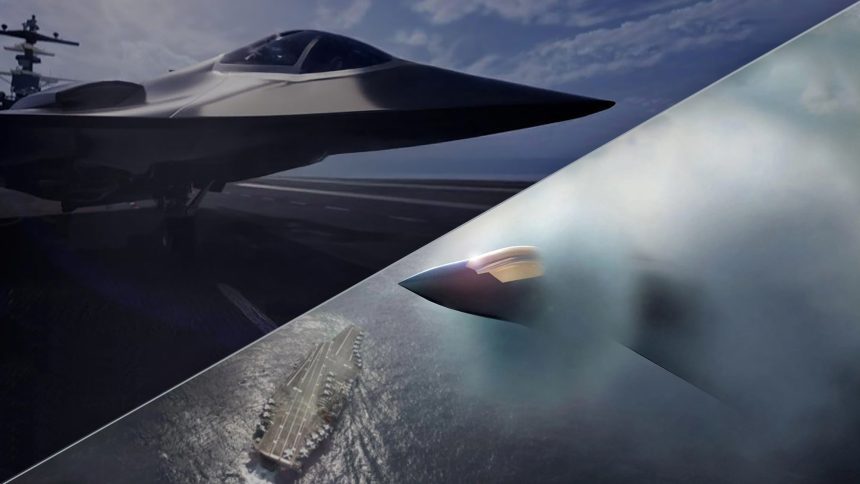After months of delay, Hegseth has reportedly greenlit the U.S. Navy’s F/A-XX program, with a selection expected as soon as this week.
After months of delays and speculation, the U.S. Department of Defense, now Department of War, appears ready to select the contractor that will build the Navy’s next-generation carrier-based fighter, the F/A-XX. According to Reuters, Secretary Pete Hegseth approved the decision on Oct. 4, 2025, paving the way for an announcement that could come as early as this week.
The program aims to replace the F/A-18E/F Super Hornet and EA-18G Growler fleets, which are currently being upgraded to serve until the new fighter is fielded. The F/A-XX will be the centerpiece of the service’s future carrier air wings, operating alongside the F-35C Lightning II and future Collaborative Combat Aircraft (CCA) unmanned platforms.
Will it Be Really Announced?
Reuters quoted a U.S. official and two people familiar with the decision in its report about the development. Breaking Defense also reported the news, quoting two sources who also mentioned rumors about the selection’s announcement possibly arriving during President Donald Trump’s visit to the USS George H.W. Bush aircraft carrier for the Navy’s 250th anniversary last week.
It is important to note, however, that this is not the first time such reports have emerged. In fact, immediately after the announcement of the Boeing F-47’s selection for the Air Force’s Next Generation Air Dominance (NGAD), sources said that the F/A-XX’s selection was also imminent, but then no announcement was made.

This was also highlighted by Reuters, quoting a source who said that “ last-minute snags have delayed progress on the Navy jet in the past and could do so again.” The Navy and the Pentagon did not release official statements on the matter.
Boeing and Northrop Grumman Face Off
As it emerged so far, the competition appears to have come down to Boeing and Northrop Grumman. In fact, Lockheed Martin, which produces the F-35C, is not among the contenders as earlier this year its proposal reportedly failed to meet Navy criteria.
Both Boeing and Northrop Grumman have deep histories in naval aviation. Boeing, after acquiring McDonnell Douglas, currently manufactures the F/A-18 and EA-18G, while Northrop Grumman is the result of the merge of Northrop and Grumman, which last served as a prime contractor for a carrier fighter with the F-14 Tomcat, in the1990s.
The winning design of the F/A-XX program will define the next era of U.S. carrier aviation.
If Boeing secures the contract, it will cement its dominance in U.S. next-generation aircraft production, producing both the Navy’s and Air Force’s new fighters. For Northrop Grumman, a victory would mark a return to the forefront of naval strike fighter design, almost 20 years after the F-14’s last flight at NAS Oceana.

Both companies already have big ongoing programs for the U.S. military. Boeing is already producing the F-15EX Eagle II and the new F-47, while Northrop Grumman is working on the B-21 Raider stealth bomber and the Sentinel ICBM.
Sixth-Generation Fighter
Although details remain classified, the F/A-XX is being described as a sixth-generation aircraft which features enhanced stealth, greater range and endurance, advanced sensor fusion, and seamless integration with autonomous systems and carrier air defense networks. The aircraft is being developed with an emphasis on deep-strike capabilities and data-centric warfare, essential for future operations in contested environments like the Indo-Pacific.
Similarly to the Air Force’s NGAD, the F/A-XX will act as the quarterback for unmanned assets, exploiting the Manned/UnManned Teaming (MUM-T) to reduce risk to manned aircraft while achieving air superiority and sea control. Top Navy officials are calling the F/A-XX essential for maintaining the carrier strike group’s relevance in future high-end conflicts.
“It’s going to be a very exciting aircraft. I’m looking forward to the downselect,” previously said Vice Adm. Daniel Cheever, Commander of Naval Air Forces. “I’ll leave it to the professional acquisition folks, but I’m looking forward to that because that sixth-generation means air superiority in that timeframe in the future, which means sea control. And as long as you have air superiority, you have sea control around the globe.”

The Navy’s first production F/A-XX aircraft are expected to enter service in the 2030s, ensuring carrier strike groups remain effective and relevant well into the 21st century. The Super Hornet fleet, meanwhile, will continue operating into the 2040s to ensure a smooth transition to the new aircraft.
Political Delays and Funding Battles
The selection process has faced months of uncertainty. As Reuters reported, disagreements between the Pentagon and Congress over funding and schedule led to repeated delays throughout spring and summer. The Pentagon initially requested only $74 million to sustain minimal development work, reportedly due to concerns over industrial capacity.
The service responded by placing a $1.4 billion request on its FY2026 Unfunded Priorities List to secure the contract and prevent delays. Lawmakers allocated $750 million to accelerate the program through the summer’s defense spending bill, followed by an additional $1.4 billion for Fiscal Year 2026 as part of the 2026 Fiscal Year Defense Appropriations Bill.
Adm. Daryl Caudle, Chief of Naval Operations, testifying at his confirmation hearing, highlighted the importance of this program for the service. “The Navy has a validated requirement for carrier-based sixth-generation aircraft, and it is critical that we field that capability as quickly as possible to give our warfighters the capabilities they need to win against a myriad of emerging threats,” said Caudle to lawmakers.









